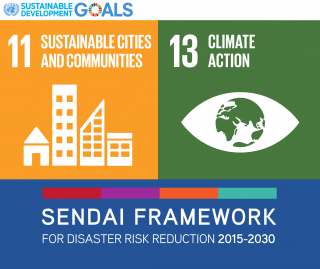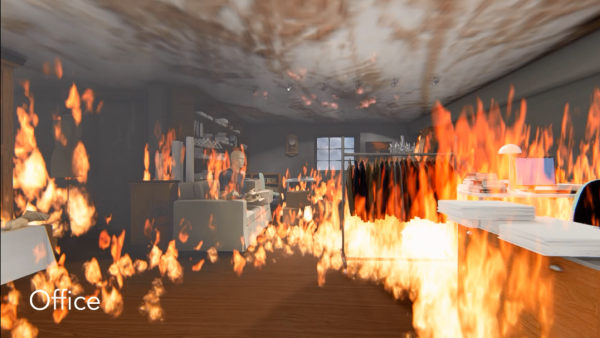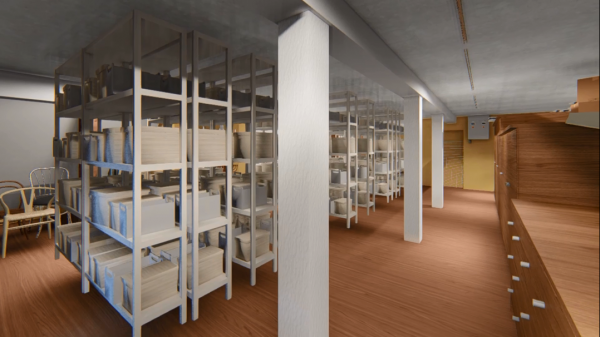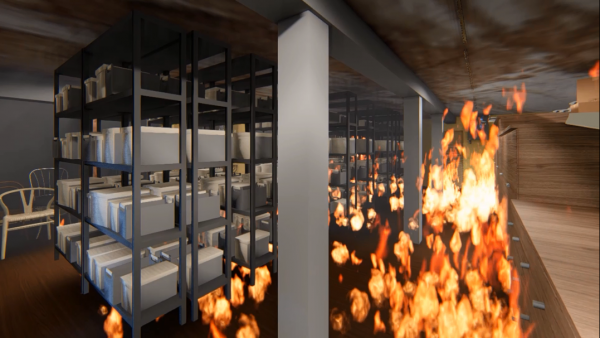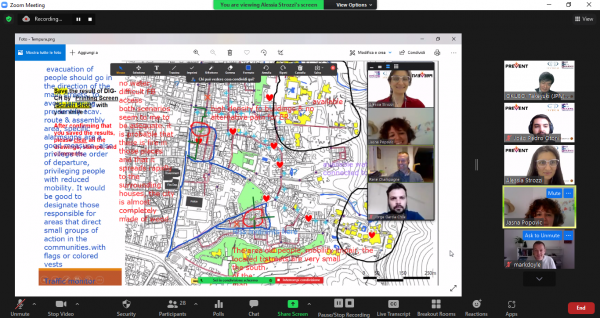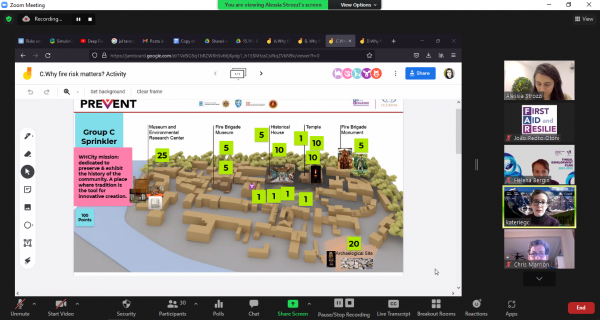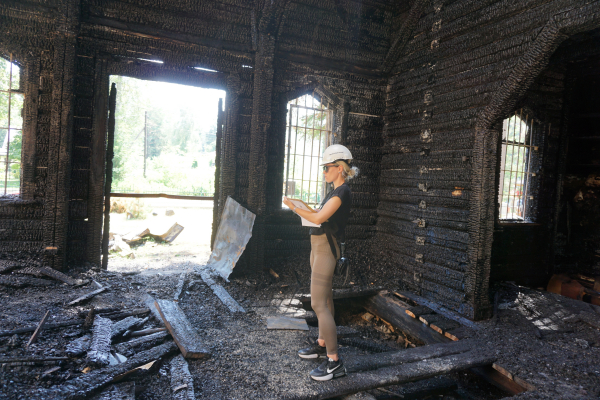National Museum, Brazil. Notre Dame, Paris. Shuri Castle, Japan. Table Mountain, South Africa…
Why does fire continue to be one of the primary risks to heritage? Is it only a technical challenge, or are there other factors that shape risk perceptions and influence both decisions and actions?
PREVENT – Mitigating Fire Risk for Heritage, an international virtual workshop held from 15-19 November, offered participants a unique learning opportunity to examine fire risk for different types of cultural heritage up close.
Involving a mixed group of fire risk specialists – firefighters and cultural heritage professionals from nine different countries – the workshop included presentations, interactive group activities and an online game for planning fire risk mitigation. A final virtual exercise simulating fire in a virtual museum created with the help of 3D video concluded the week-long learning activities.
In a second phase of PREVENT, participating teams will carry out fire risk assessments and mitigation measures at 10 case study sites that range from complex World Heritage sites to religious places and museums.
Conceived in the framework of First Aid and Resilience in Times of Crisis, a flagship programme of ICCROM, the workshop was implemented in partnership with the Estonian National Heritage Board, Estonian Rescue Board, Estonian Police and Boarder Guard Board, Corpo Nazionale dei Vigili del Fuoco - CNVVF and the Swedish National Heritage Board.
Led by Aparna Tandon, Senior Programme Leader of the FAR programme, the multidisciplinary workshop team included: Alessia Strozzi, Online Learning Coordinator and Consultant for ICCROM; Linda Lainvoo, Director of Art Heritage Field and Head of the Museums and Art Heritage Department of the Estonian National Heritage Board; Erika Hedhammar, Risk Management Adviser of the Swedish National Heritage Board; Chris Marrion, Fire/Disaster Management Consultant with Marrion Fire & Risk Consulting; José Luiz Pedersoli, Manager of the Strategic Planning Unit at ICCROM; Stefano Marsella, Chief Manager of Prevention and Technical Safety of the Italian Fire Brigade; Luca Nassi, Senior Manager, Office for Fire Prevention and Industrial Risk of the Italian Fire Brigade; Marjorie Prokosch, Postdoctoral Associate of the Florida Institute for Built Environment Resilience (FIBER) at the University of Florida; Toru Tateishi, Director of the Center for Conservation Science, Tokyo National Research Institute for Cultural Properties, National Institutes for Cultural Heritage; Takeyuki Okubo, Associate Professor at Kyoto University and the Graduate School and College of Science and Engineering, Ritsumeikan University; Dowon Kim, Associate Professor of the Department of Civil and Environmental Engineering, Ritsumeikan University; Lea Vainult, Adviser in the Emergency Management Department, Estonian Rescue Board; Pärtel Preinvalts, Officer at the Intelligence Bureau in the Northern Prefecture of the Estonian Police and Border Guard Board; Joakim Lindqvist, Task Leader and Communicator, KYRKANS FÖRSÄKRING AB; Patrik Olsson, Managing Director, KYRKANS FÖRSÄKRING AB; and João Pedro Otoni, Workshop Assistant for ICCROM.
Experts from Institute of Disaster Mitigation for Urban Cultural Heritage, Ritsumeikan University (R-DMUCH), Department of Civil and Environmental Engineering and Graduate School and College of Science and Engineering, Ritsumeikan University, Japan, gave lectures and led a ‘Disaster Imagination Game’.
This training initiative seeks the implementation of the United Nations Sustainable Development Goals (SDGs) for partners and participants – SDG 11 and SDG 13. Furthermore, it aims to implement the four priorities for action outlined in the Sendai Framework for Disaster Risk Reduction (SFDRR) 2015 – 2030.
Member States represented: Brazil, Canada, Chile, Croatia, Ireland, Israel, Nigeria, and Peru.


